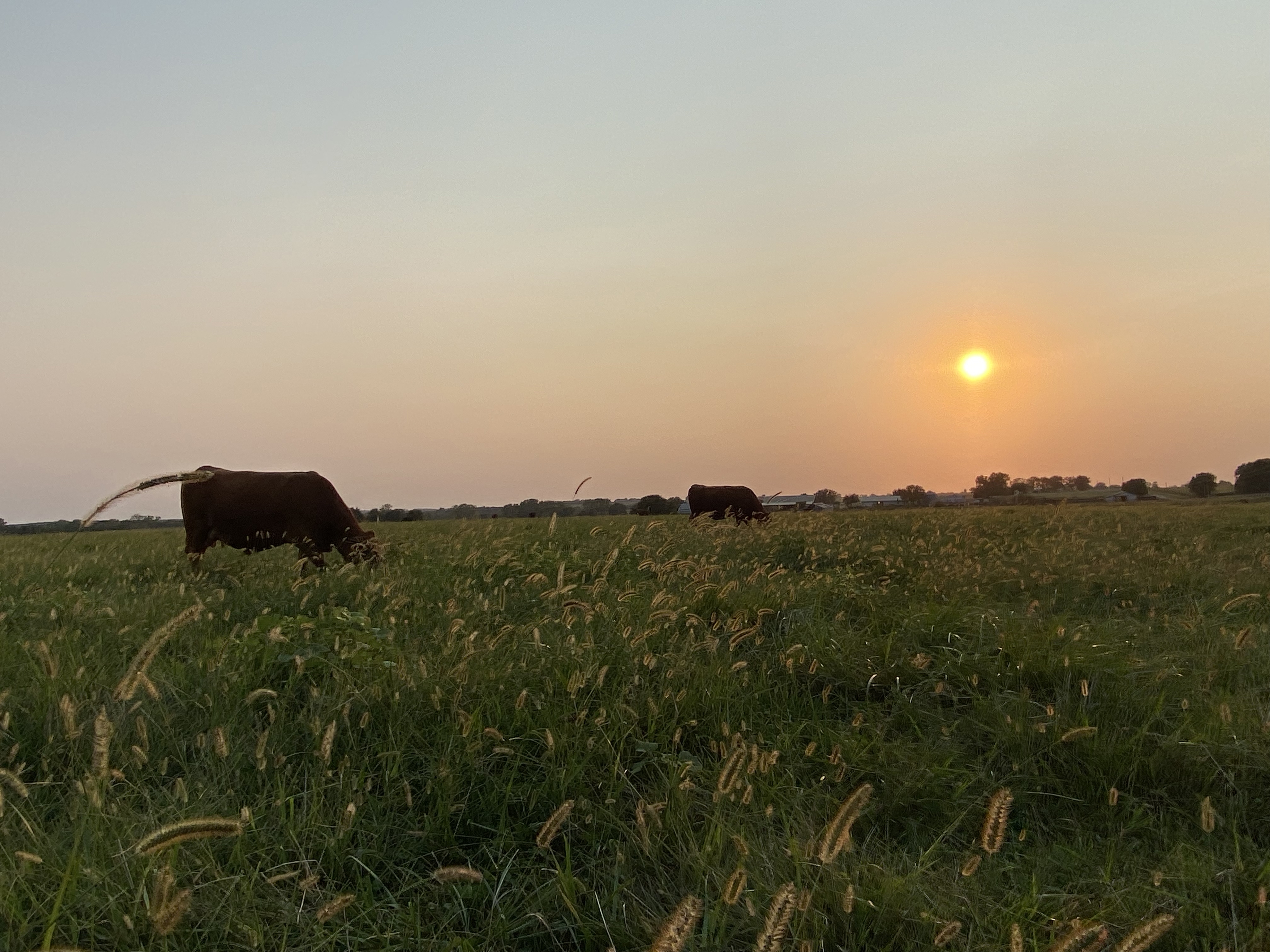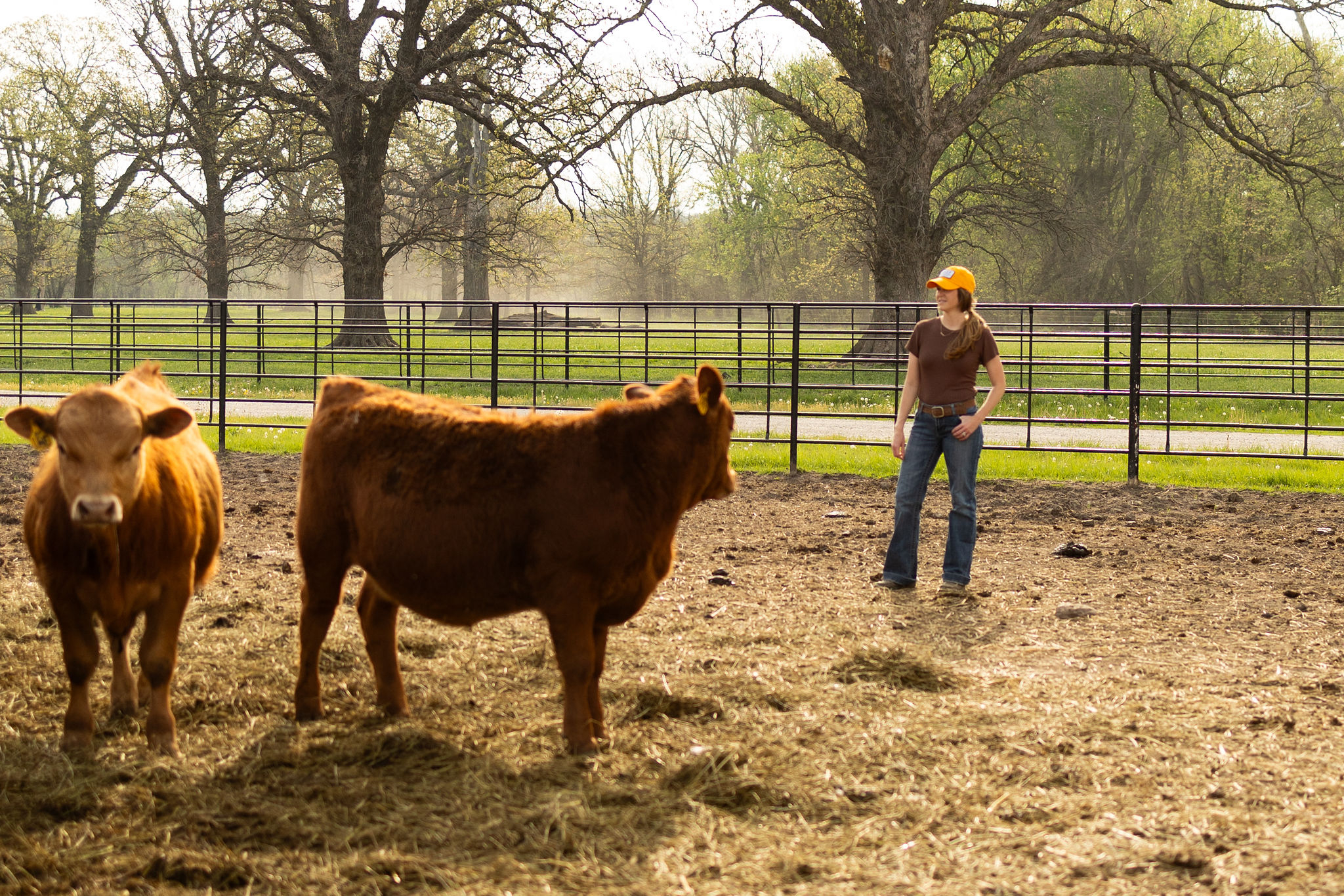There’s a worldwide movement to decrease our environmental impact and preserve our planet by limiting the amount of greenhouse gas emissions we release into the atmosphere. Researchers, thought leaders and consumers are all exploring ways we can change our behaviors and lifestyles to meet climate goals by doing everything from driving electric cars, to lessening our dependency on oil, to changing our diets. Many of these initiatives may make a significant impact over the coming decades, but changing our diet, while in good faith, is not the cure-all being presented.
When it comes to greenhouse gases, according to the EPA, there are two main players at center stage: carbon dioxide, which accounts for 80% of all greenhouse gas emissions in the U.S., and methane, which accounts for 10%. And although both have an impact on our environment, they exist and are emitted in different settings and mediums.
For example, 87% of carbon dioxide emissions in the U.S. are from burning fossil fuels for transportation, electricity generation and industry. Other contributors are land use changes and cement production. Whereas methane, comprising just 10% of greenhouse gases, is emitted from energy production, waste management and agriculture.
The differences continue once emitted, as carbon dioxide remains in the atmosphere for 1,000 years before it is deposited back into geological reserves, whereas methane is redeposited back into plant matter in 1/10 of the time. Over the past few centuries, humans have increased our climate impact via our dependency on fossil fuels, which has directly affected our environment and the natural carbon cycle of the planet.
You probably remember photosynthesis and CO2’s role in it from middle school biology course. Photosynthesis is ability of plants to take CO2 from the atmosphere and store it in leaves, stems and roots while releasing oxygen as a by-product. This process is the center of the biogenic carbon cycle, which is the natural cycle of carbon in our environment. When plants perform photosynthesis, they convert carbon into cellulose. Dense cellulosic grasses cannot be digested by humans, but cattle are easily able to consume and digest such plant matter. Cattle, like those that I and other farmers and ranchers raise, convert the cellulose into beef while belching methane into the atmosphere, where it remains before cycling back into the soil and plants. This is the natural way that cattle, plants and carbon existed before man-made technology and industry started to have an effect. This entire process of raising cattle is accountable for only 2% of U.S. greenhouse gas emissions, according to the EPA. When looking at the big picture, it’s reasonable to allow a certain amount of emissions for dense protein production.
We should all be aware of the impact that our daily activities have on our environment. Things like recycling, using public transportation and purchasing fewer plastics and other wasteful consumables can help us lessen our impact moving forward. However, changing the way we eat, which already has such a negligible effect, will not reverse climate change so enjoy your avocados, beef, kale and strawberries guilt-free, while taking the bus to work.
Until next time
~ Buzzard ~
P.S. If you wish to receive posts in your inbox automatically, sign up on the homepage in the right side pane. Additionally, follow my ranch life activities on Instagram: @brandibuzzard.
This post originally appeared on the Kansas Living Magazine website.



